Physical Education For Autistic Students: Teaching Tips and Strategies
Inclusive Physical Education (PE) and SEN
Some hurdles you can jump, you can see them, some are higher than others but generally the strategies and skills needed to complete the race are straightforward. Now for some of our students overcoming the hurdles needed to take part in that activity are huge and varied. When getting students with a range of needs, including autism and dyspraxia, to take part in PE sessions we need to adapt not only the activity but how we support the students to ensure they can overcome some of the unique challenges that come with sporting activities. This post was originally written for One Goal. Now updated. If you want to read further: Addressing Special Educational Needs and Disability in the Curriculum: PE and Sports is a great read. SEND PE lessons can be hugely engaging and rewarding for all involved.
PE for learners with SEND is not about limitations
What we must never do is look at any student’s need as a limitation. Any student with or without a diagnosis may present a challenge, but that challenge is one that any passionate teacher should embrace. There will be additional barriers to overcome but this is what great teachers do naturally.
I work with children who each have a diagnosis of Autism. With Autistic children you must never generalise and you should never underestimate any child’s ability on any level. So these barriers may be faced by one student or many but should provide some food for thought.
There are a number of potential hurdles a young person must negotiate before even entering the gym or sports field.
Transition to the changing room or gym itself. Ask yourself how your students feel about moving around the school. Do they start in a classroom or are they coming straight from break or lunch to get changed? My students really benefit from a visual schedule. PE is possibly one of the hardest sessions to create this for.
You already have a lot of equipment to carry, you may be quite a distance from your or their base room. It could really support some students if you could immediately outline the purpose and expectations of the session. What is happening and in what order. I would suggest this is the first thing you do before even getting changed. Many students with additional needs will have a specific style of schedule. It could be a simple written list or a laminated, Velcro backed board. Spending a few minutes in September getting familiar with these and planning how you can implement them could make the year’s PE and SEND sessions run much smoother.
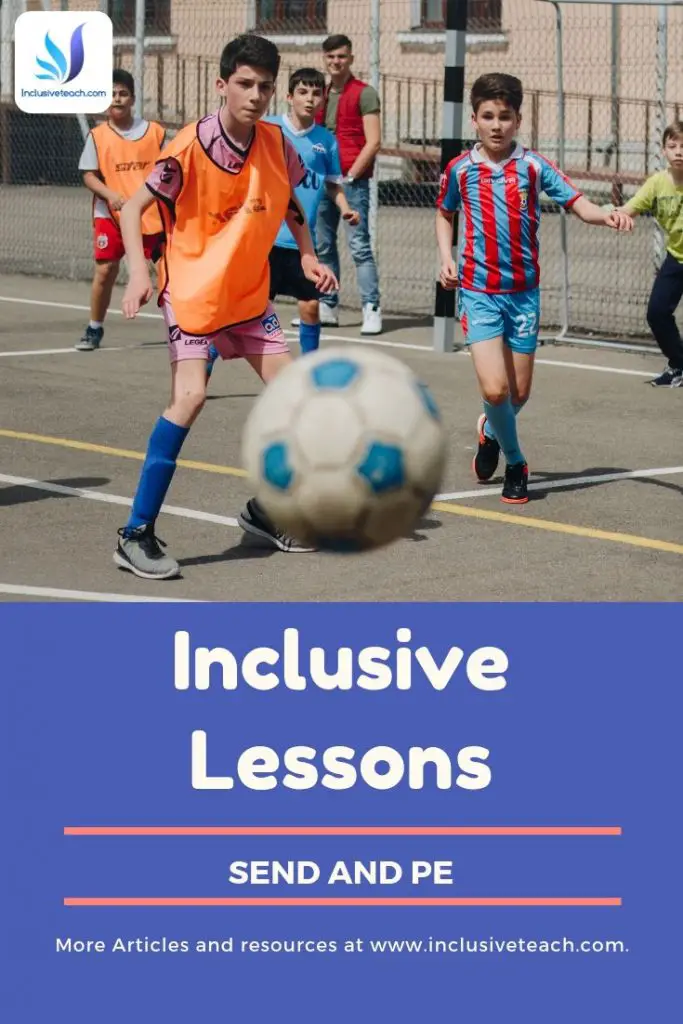
Getting Ready for Physical Education Lessons
Getting changed can be a huge barrier. There are so many potential areas for anxiety in this activity. I personally have seen students who long to take part in PE stalled at this point. Many students I have worked with will only tolerate a limited number of clothing types or styles. Is your policy dictating they wear very specific sports kits? Do they have the option of joggers instead of shorts or basic T-Shirts instead of collared polo shirts? It sounds minor but my students struggle to communicate these requirements.
What may appear as non-compliance could actually be a student communicating they don’t like the feel of the kit. For some students the feel of certain materials can be intolerable even painful. Walking in football boots is a very different feeling to shoes or trainers. Students may need support with this or the chance to practice this skill before we introduce the ball. SEND PE lessons are all about planning.
Confidence and SEND
There is a certain amount of self-confidence required to tackle the world of the changing room. There is an element of banter and a variance to the communication used by peers in this environment. If you process social and communication cues differently this can be very difficult to manage. This is a tricky balance for any teacher to manage, we educate for a world outside school. It is our job to equip our most vulnerable students to manage situations like this. Are staff members present in this situation? Are private areas provided?
Physical education is not just about the physicality or skill at team games. It is about leadership, teamwork, communication, exercise, and strategy. When you are planning your curriculum look at the outcomes that are going to benefit your students. Off the pitch, or track there are many we can develop any number of essential related roles. Kit design, video analysis of performance, designing diets and warm up activities. Could the students develop and lead the drills and practice sessions? Referee and coach are core roles essential to the success of any sportsperson or team.
Just because some paperwork may say “dislikes PE” doesn’t mean that is actually case, PE is as broad a term as any in special education. We need to look deeper, have high expectations of those taking part in SEND PE lessons, and keep trying new strategies. We need to be flexible with policies and adapt everything to make sure we include every child.
15 tips and strategies to help you teach physical education to autistic students:
Teaching physical education to autistic students can present unique challenges, but with the right approaches and strategies, it can be a rewarding and enjoyable experience for both the teacher and the students. Here are 15 tips and strategies to help you teach physical education to autistic students:
- Develop a sensory-friendly environment: Autistic students may have sensory processing difficulties, so it’s essential to create a sensory-friendly environment that accommodates their needs. This can be tricky in an echoey big school hall or Gym. This can include using dim lighting, reducing noise levels through putting down soft flooring, mats or curtains., and providing a variety of textures and materials for students to touch and explore.
- Use visual aids and visual schedules: Many autistic students are visual learners, so using visual aids and schedules can help them understand and follow the physical education curriculum. This can include pictures, diagrams, and schedules that outline the activities and routines for each class.
- Provide individualised instruction: Every autistic student is unique, so it’s essential to provide individualized instruction that meets their specific needs and abilities. This can involve modifying activities to suit each student’s capabilities and providing additional support and accommodations as needed.
- Focus on functional movements: Autistic students may have difficulty with complex movements, so it’s important to focus on functional movements that are relevant and meaningful to their lives. This can include activities like walking, running, jumping, and throwing, as well as more complex movements like catching and throwing a ball.
- Use music and rhythm: Many autistic students are sensitive to music and rhythm, so using music and rhythm in physical education activities can help them stay engaged and motivated. This can include playing music during activities, using rhythmic exercises, and incorporating dance and movement activities.
- Provide opportunities for social interaction: Autistic students may have difficulty with social interactions, so it’s important to provide opportunities for social interaction in physical education. This can include group activities like team sports, as well as more individualized activities like yoga and meditation.
- Use technology: Technology can be a great tool for teaching physical education to autistic students, especially those who have difficulty with verbal instructions. Using devices like fitness trackers and apps can help students track their progress, set goals, and receive feedback and support.
- Offer choices and flexibility: Autistic students may have difficulty with routine and structure, so offering choices and flexibility in physical education activities can help them stay motivated and engaged. This can include allowing students to choose the activities they participate in, as well as the time and pace at which they complete them.
- Use visual aids to teach new skills: Many autistic students learn best through visual aids, so using visual aids like pictures and diagrams can help them learn new skills and techniques in physical education.
- Provide positive reinforcement and encouragement: Autistic students may have difficulty with self-esteem and confidence, so it’s important to provide positive reinforcement and encouragement in physical education. This can include praising students for their efforts and progress, as well as acknowledging and celebrating their achievements.
- Incorporate sensory integration activities: Autistic students may have difficulty with sensory integration, so incorporating activities that promote sensory integration can help them stay engaged and motivated. This can include activities like jumping, swinging, and crawling.
- Use storytelling and role-playing: Many autistic students are visual and auditory learners, so using storytelling and role-playing in physical education can help them understand and apply new skills and techniques.
- Provide opportunities for creative expression: Autistic students may have difficulty with traditional physical education activities, so providing opportunities for creative expression can help them stay motivated and engaged. This can include activities like dance, drama, and creative movement.
- Use games and sports: Many autistic students enjoy games and sports, so incorporating these into physical education can help them stay engaged and motivated. This can include activities like soccer, basketball, and swimming.
- Collaborate with parents and special education teachers: It’s important to collaborate with parents and special education teachers when teaching physical education to autistic students. This can help ensure that the student’s individual needs and goals are being met, and that the student is receiving the support and accommodations they need to succeed.

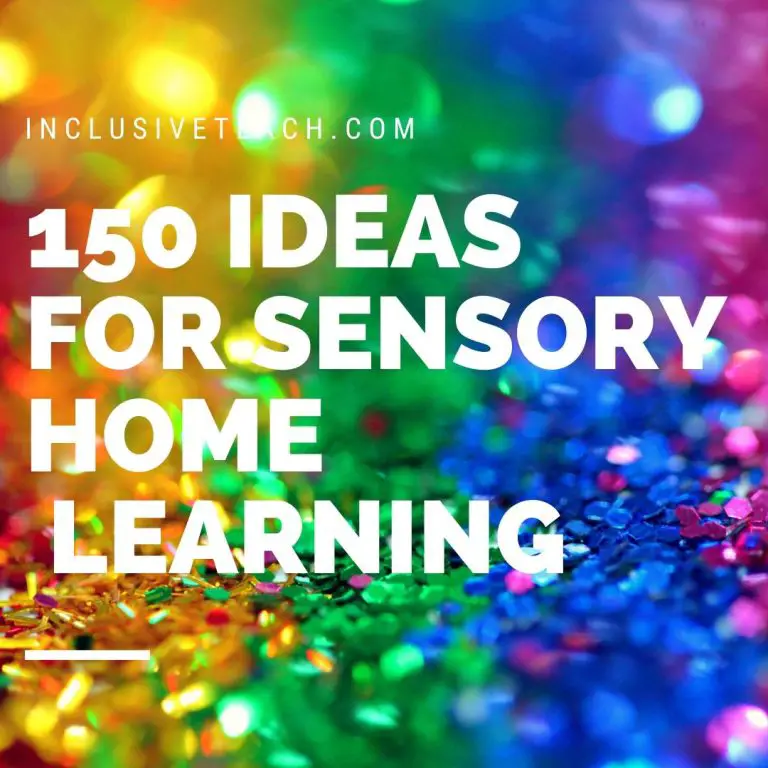
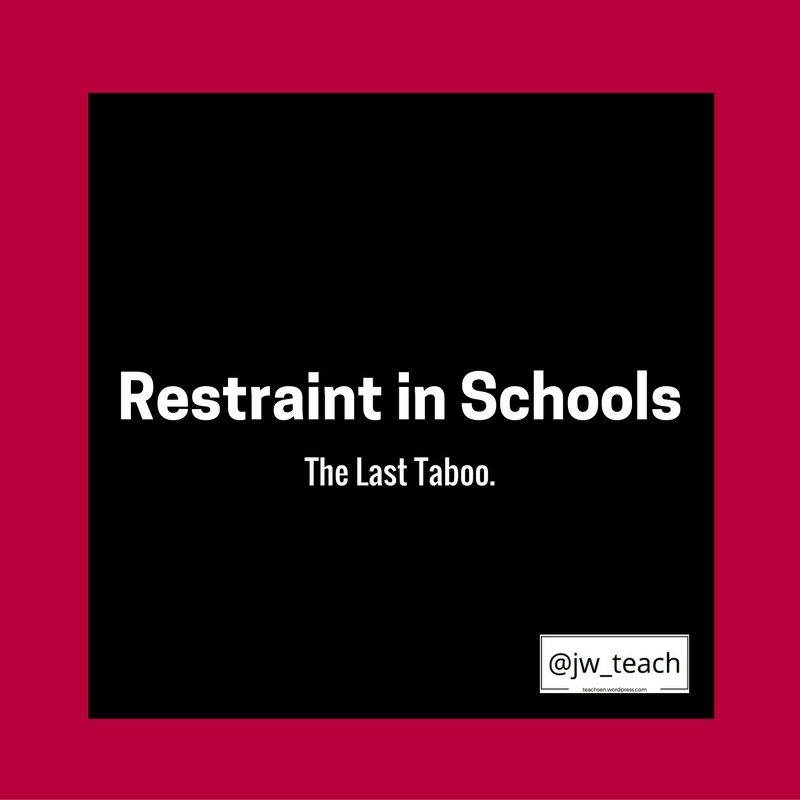

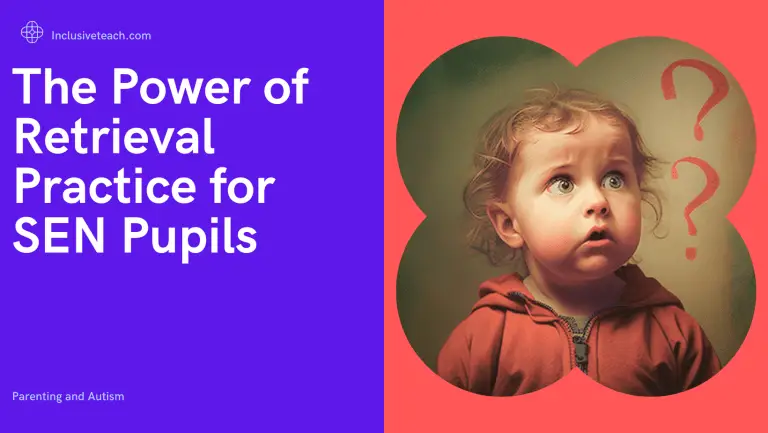
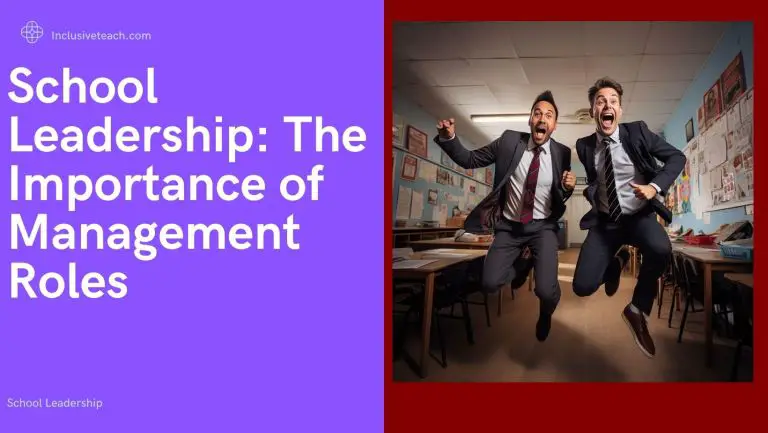

Some good things to consider there. Thanks.